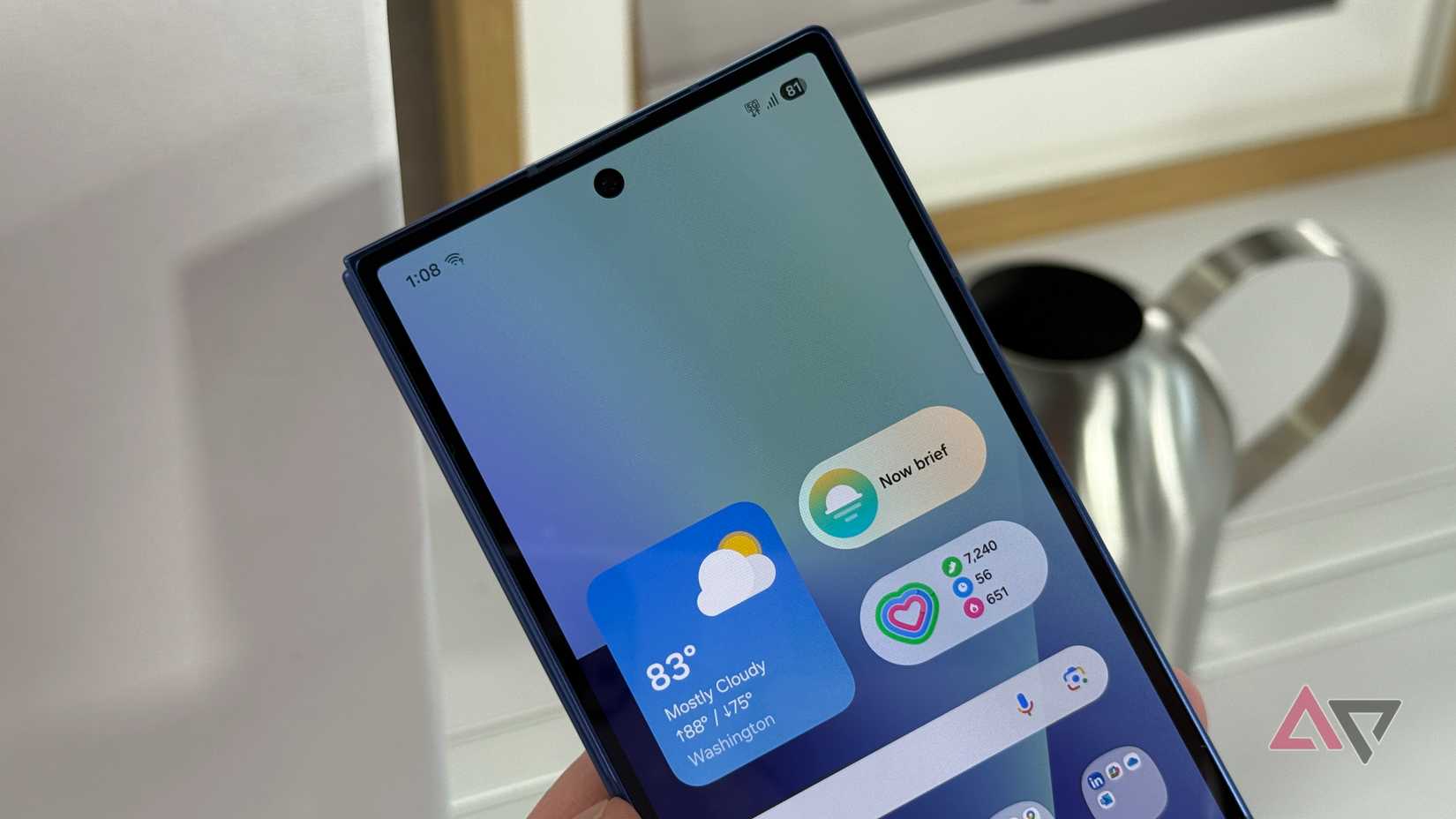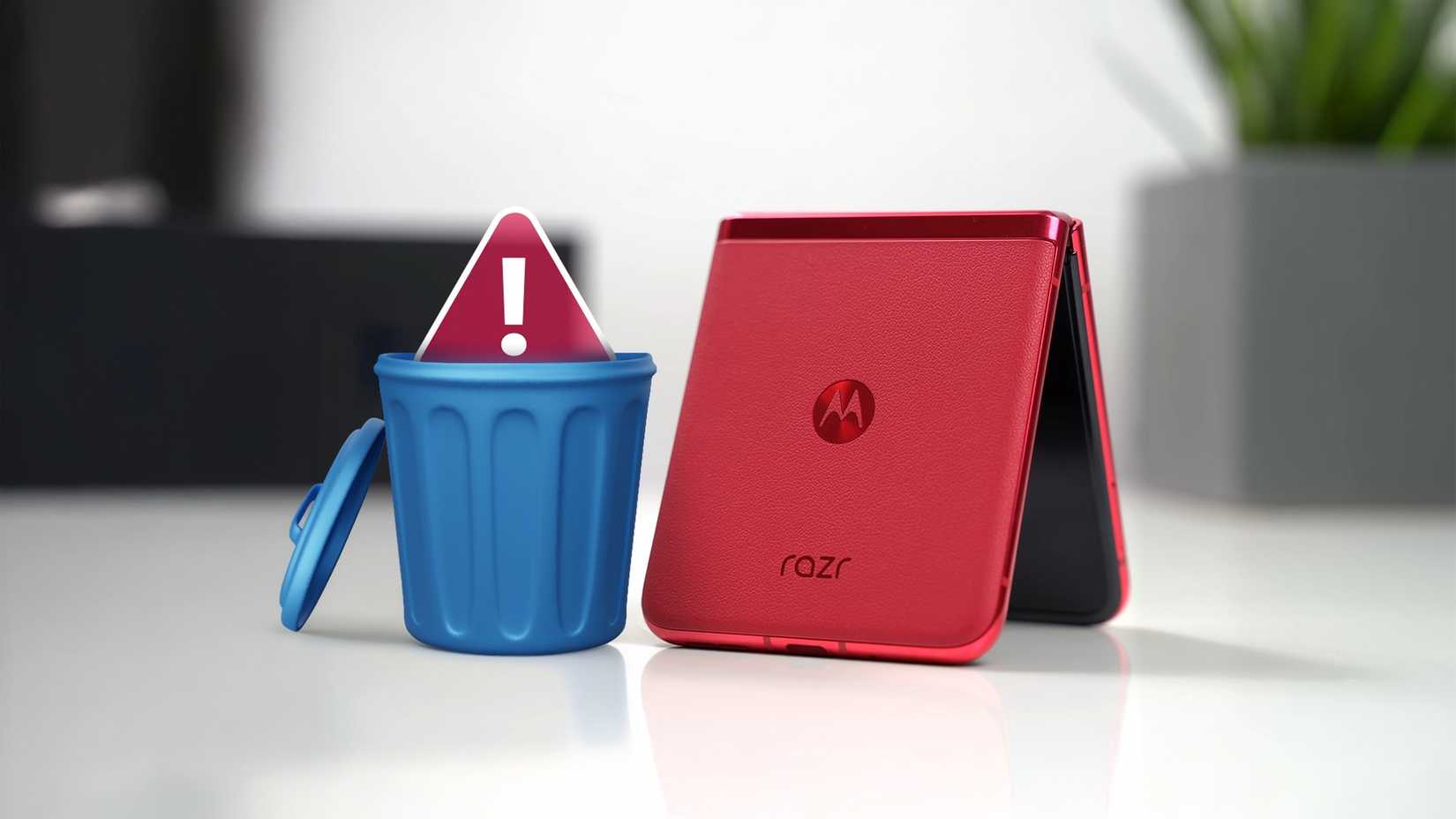I had to check the weather, but there was a problem. My screen was a chaotic mess.
A news ticker fed me headlines I didn’t ask for. A to-do list widget showed me tasks I’d ignored, neatly listed, waiting to shame me again. A social media widget flashed with top updates as if FOMO needed a cheerleader.
I couldn’t even find the weather widget I was looking for. The very thing I’d once bragged about, the reason I’d carried the Android flag for more than a decade, had turned on me.
Customization had quietly, slowly, and completely taken over my phone, turning it into a prison of my own design.
It was time to rethink my home screen around what actually mattered without the noise.
The golden age of widgets and why they mattered
I still remember my first Android phone and how exciting it felt to make it my own. While my friends were stuck with the same rigid rows of icons, I could move, shape, and tweak everything.
Back then, nothing captured Android’s charm better than HTC. The company was at its creative peak, building some of the coolest phones around.
On the software side, the HTC Sense flip clock and weather widget. It was the look of the time.
That massive block of skeuomorphic design, the flipping numbers, and the tiny weather animations were a status symbol.
It was a time when at-a-glance meant something genuine, long before companies turned that phrase into marketing jargon.
Widgets were rare, but those early widgets were genuinely useful. Then came the quiet takeover.
Every developer decided their app needed one, too. That’s when the clutter began.
When every app demanded a piece of my home screen
Fast-forward a decade, and my home screen looked less like Times Square. Every app, from my bank to my favorite fast-food joint, now has a widget.
And in my enthusiasm to build the perfect dashboard, I used all of them.
Every time I unlocked my phone, I was forcing my brain to process a dozen distracting elements.
When I finally audited the mess, my bad widgets all fell into three distinct categories.
Anxiety widgets
The worst offenders are what I call the anxiety widgets. They’re not there to inform you but to keep you engaged.
They push out a flood of high-volume, low-priority data designed to grab your attention.
Take the Facebook Top Updates widget, for example. It’s a live window into your feed with posts, photos, and news from friends.
And the X (formerly Twitter) widget follows the same pattern, embedding an infinite timeline right on your home screen.
Redundant widgets
These are relics from a time when we were all obsessed with what was happening under the hood of our phones.
Think battery graphs, CPU monitors, and network speed tickers taking up valuable screen space. My status bar already tells me my battery percentage. I don’t need a 2×2 chart showing its discharge curve over the past six hours.
It’s data for the sake of data, the digital equivalent of mounting your car’s oil-pressure gauge front and center on the dashboard.
Portal widgets
Finally, there are the portal widgets. These are the most disappointing of the bunch. They are oversized buttons pretending to be useful.
A portal widget does nothing more than open the app it represents with no actual information.
The day I wiped my home screen clean
I held down my finger on my home screen, found the delete page button, and wiped every single widget and shortcut. All five pages of them. I was left with a single, blank screen. It was terrifying and beautiful.
Next, I began to rebuild, but not before establishing a new philosophy. For any widget to earn a spot on my new screen, it has to pass three rules.
The 3-second rule
Can I get 100% of the information I need from this widget in 3 seconds? If I have to scroll or read a paragraph, it fails.
A simple weather forecast (Temp: 68°, clear) passes. A scrolling list of news headlines fails.
The pull-only rule
Does the widget pull data that I, the user, have personally created or requested (for example, “my calendar,” “my grocery list,” “my next task”)?
Or does it push distracting, algorithmically chosen data at me? My home screen is now a pull-only zone.
Function over form
The widget must be functional first, and beautiful second. This was the hardest rule for the nostalgia-fiend in me.
I love the aesthetic of classic Android skins. Remember the HTC Sense clock? It’s a massive 4×2 block.
A simple 4×1 text-based widget gives me the same information in half the space.
The minimalist setup that made my phone useful again
Unlocking my phone doesn’t feel like a chore or an assault on my senses. The widgets that survived the purge are all productivity widgets I can’t live without.
The Gmail widget? Gone. My inbox is a task list to be processed, not a home screen decoration. The news and social widgets? Deleted. My phone is a tool, not a ticker tape of anxiety.
I’ve found the balance. The nostalgic spirit of customization — the desire to make my phone truly mine — is still there. But it’s now balanced with minimalism.




